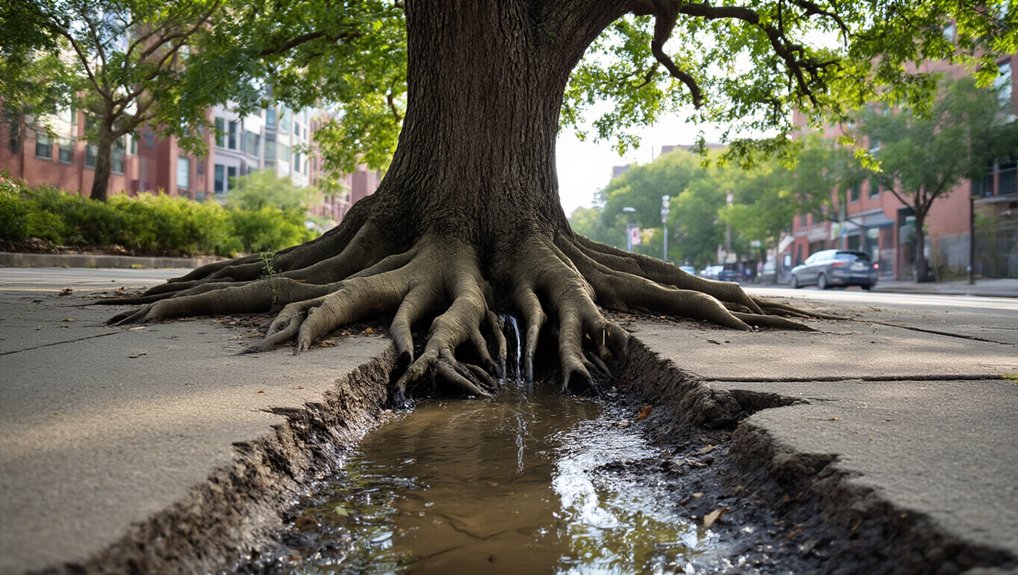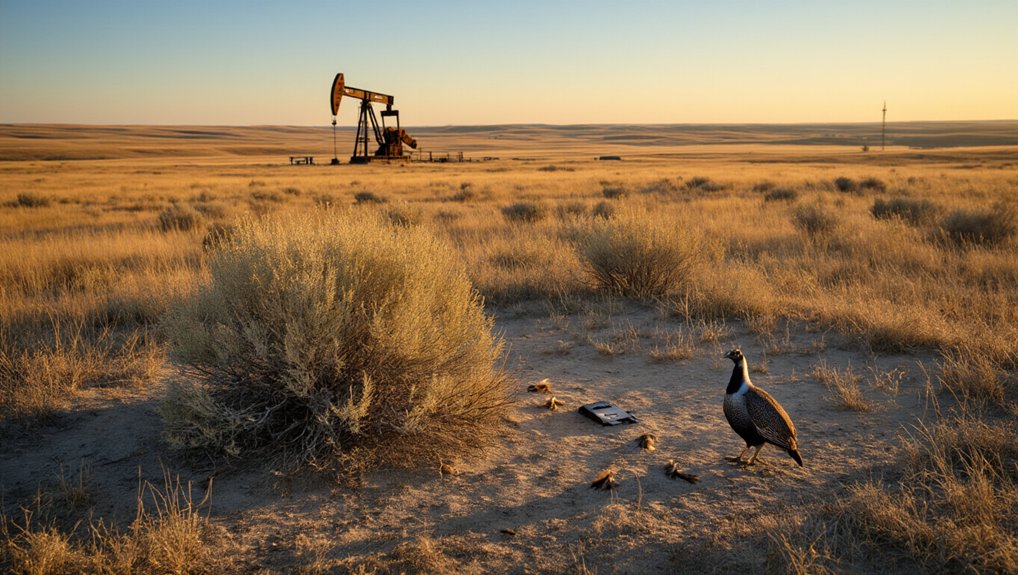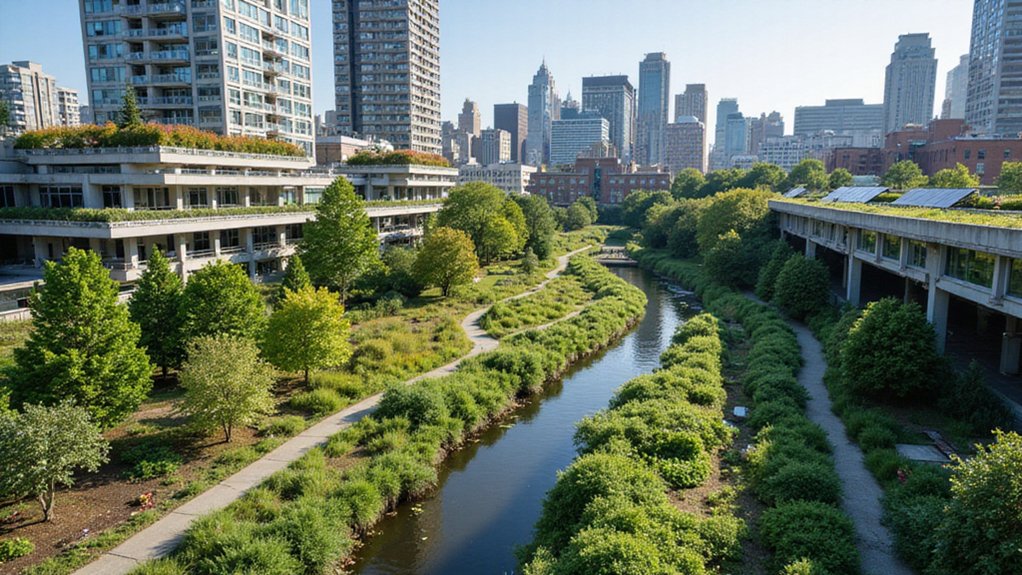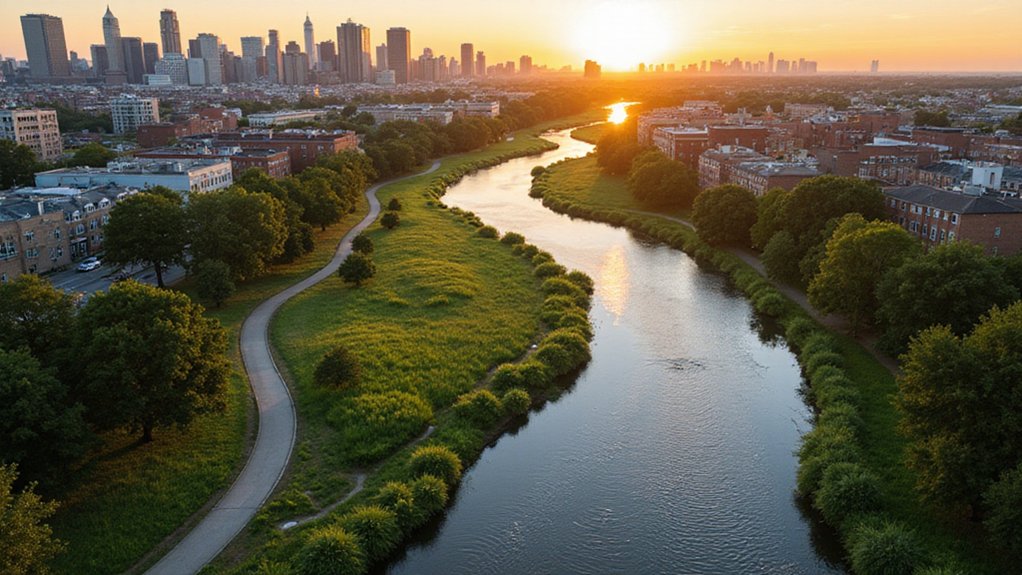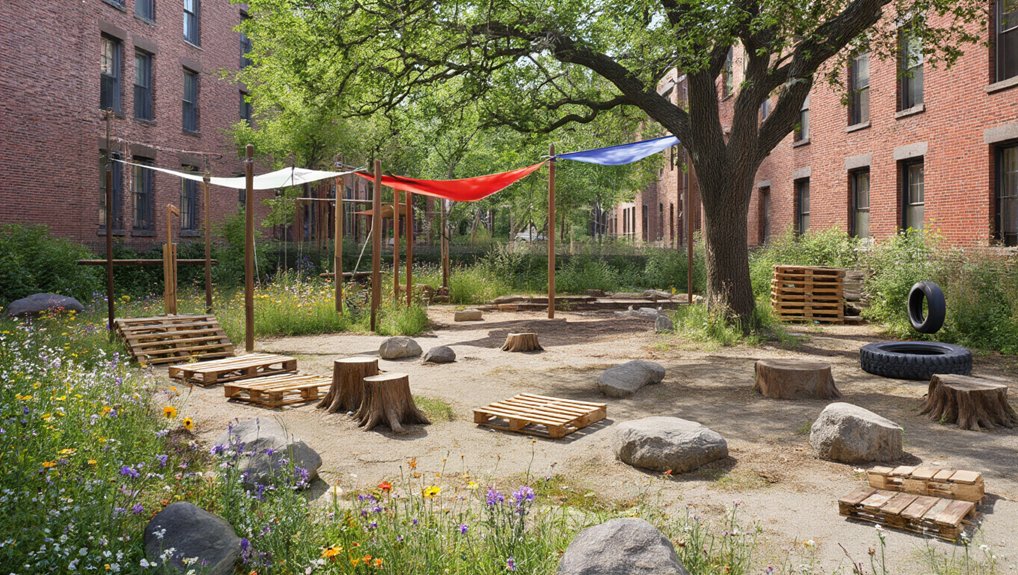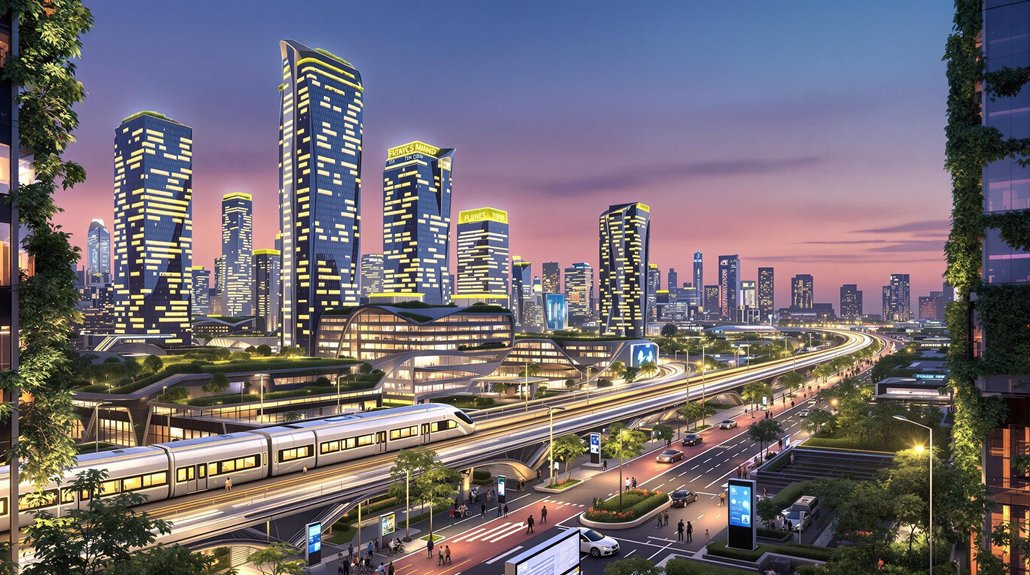Three critical struggles define the lives of trees in our concrete jungles. First, they’re constantly thirsty. Second, they’re really, really thirsty. Third, they’ll do almost anything to quench that thirst. Unlike their forest cousins living the good life, urban trees face chronic water deficits that literally kill them years before their time. They’re like marathon runners without water stations – except they can’t move.
The lack of water hits harder than summer heat waves or bug invasions. Even mature trees – the ones you’d think could handle themselves – drop dead during mild droughts. New plantings? Forget about it. Without supplemental watering, they’re goners.
Water deprivation is urban trees’ silent killer. Even the toughest specimens crumble during mild droughts without our help.
But trees aren’t going down without a fight. They’ve developed some clever survival hacks. Some reduce transpiration during dry spells – basically, they stop sweating. Others adjust their root systems, desperately searching for moisture in compacted urban soils. Urban trees often experience more severe water deficits than their forest counterparts, with their pre-dawn leaf water potential declining significantly throughout the growing season. It’s not pretty, but it works. Sometimes.
Here’s where it gets interesting – and a bit ironic. The same failing infrastructure that makes urban living miserable for humans creates opportunity for trees. Leaky water mains, cracked sewer pipes, and faulty stormwater drains? Tree buffets. Roots actively seek out these accidental oases, exploiting weaknesses in our underground networks. Who knew broken pipes could be ecological services?
These desperate measures pay off. Trees that tap into this underground network survive while their neighbors wither. They’re not being picky – they’re being smart. Recent research from North Carolina State and Harvard shows that vibrant urban trees can actually thrive despite pest infestations when they have adequate water access.
The relationship goes both ways, though. Trees help us manage stormwater, reducing runoff by up to 66% annually through transpiration and interception. Different species handle this job differently – bigleaf maples are water-chugging champions compared to many conifers.
Bottom line: urban trees live hard, die young, and aren’t above drinking from the gutter. But their struggle to survive in our concrete jungles means they’re constantly improvising, adapting, and finding ways to persist against the odds. Resourceful? Yes. Desperate? Absolutely.
References
- https://www.britishecologicalsociety.org/lack-water-urban-trees/
- https://apps.ecology.wa.gov/publications/documents/2510010.pdf
- https://auf.isa-arbor.com/content/16/8/203
- https://egusphere.copernicus.org/preprints/2025/egusphere-2025-1444/egusphere-2025-1444.pdf
- https://besjournals.onlinelibrary.wiley.com/doi/full/10.1111/1365-2664.13130
